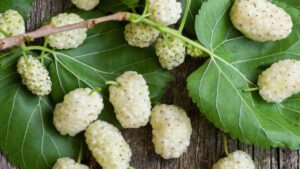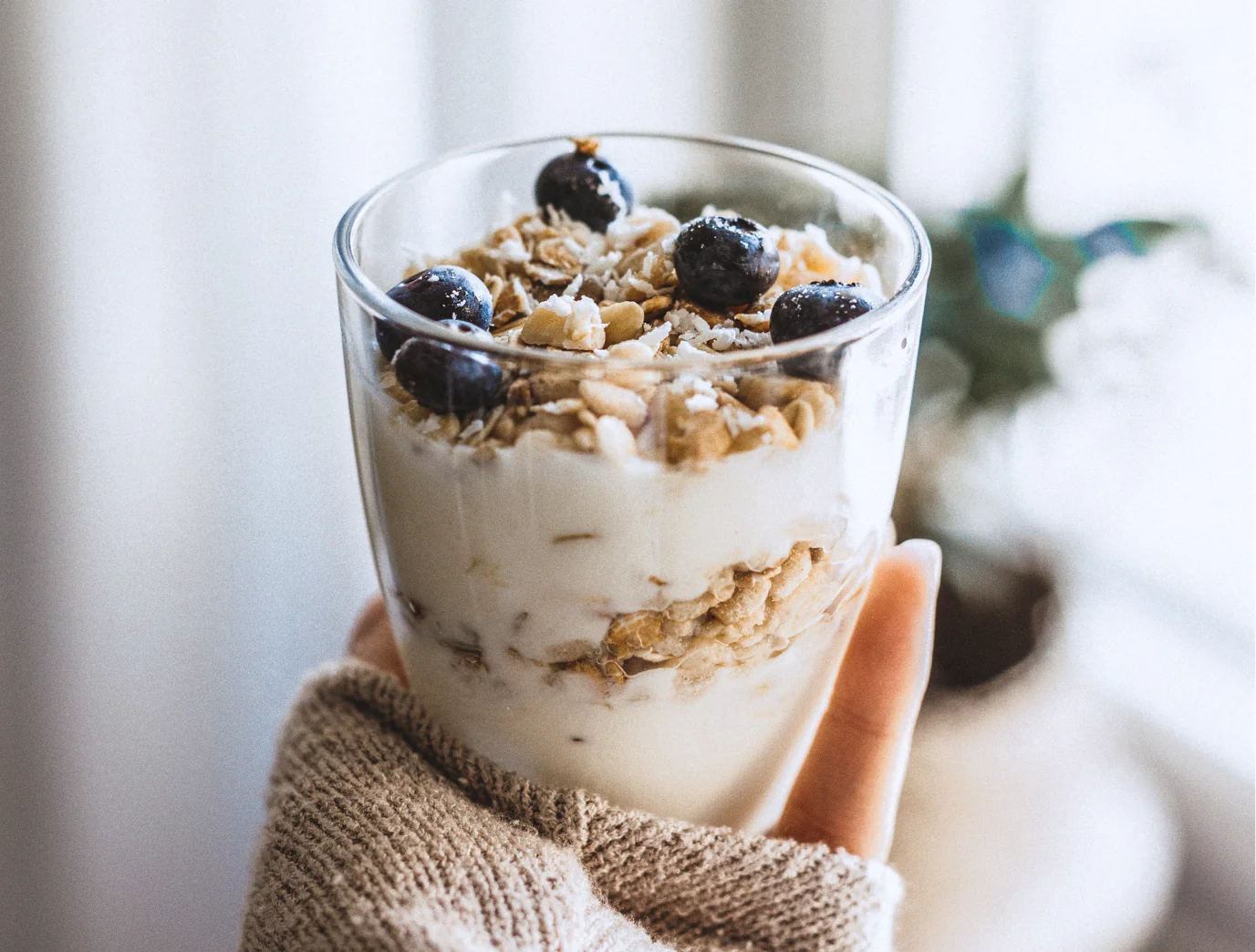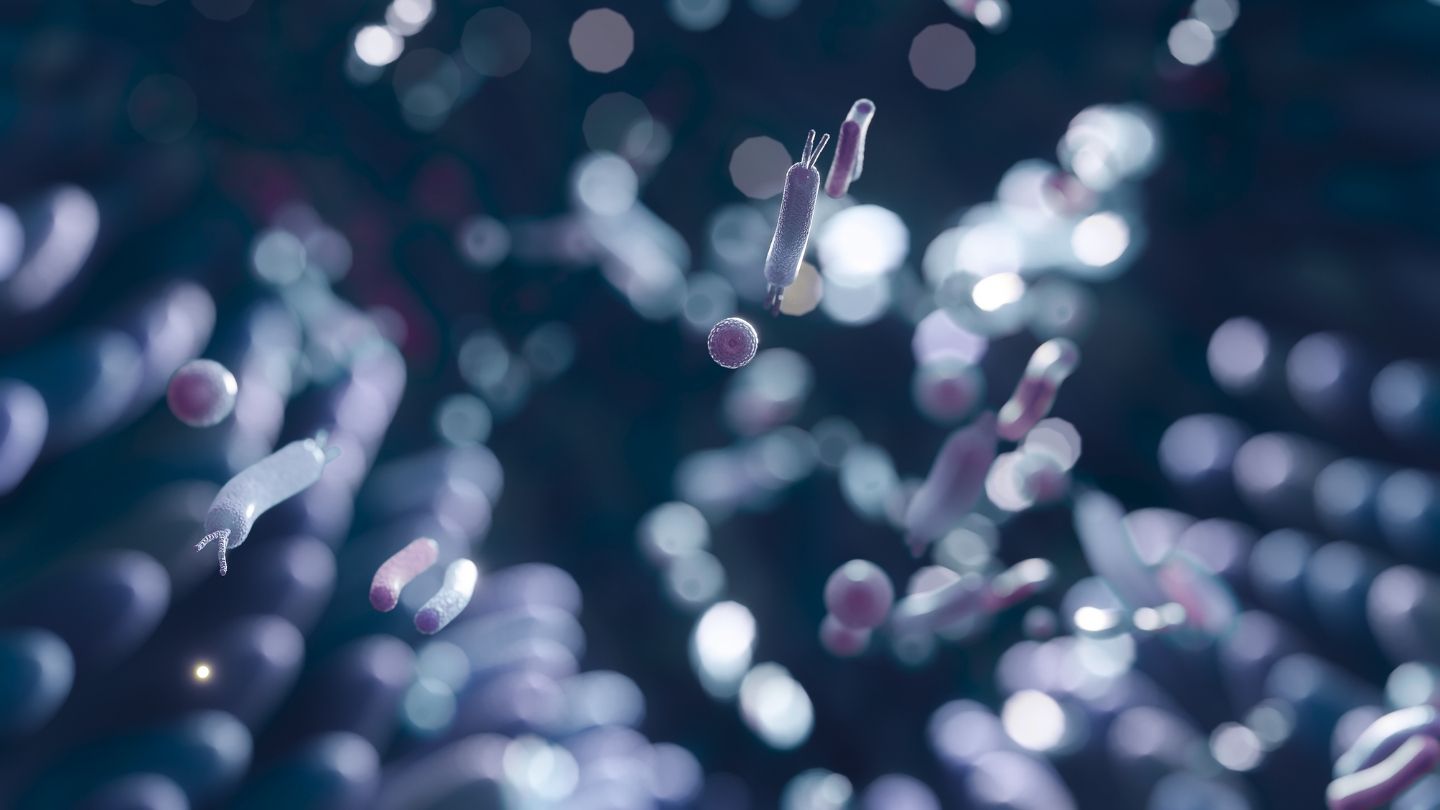To have a healthy gut, you need to feed the healthy bacteria in your digestive tract. And this will need a good mix of probiotics and prebiotics.
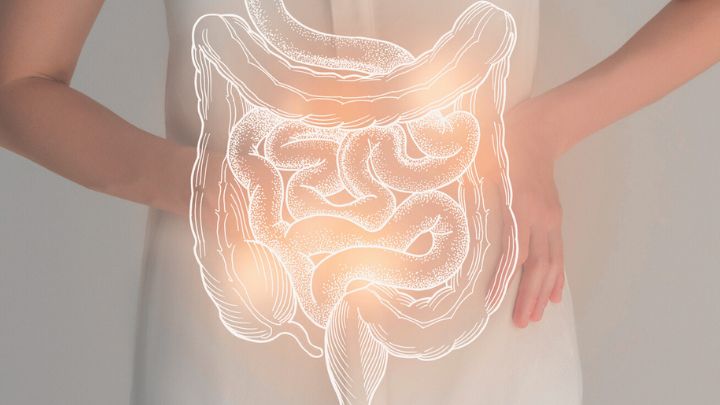
Probiotics and prebiotics are finally getting the attention they deserve worldwide. Both within the scientific community and amongst the public, terms like gut health, microbiome, probiotics, and prebiotics have been circulating, and their importance discussed.
So what do these actually have to do with your overall health? Let’s find out.
In this article
Free guide to reverse your biological age

- Master the science of rejuvenation.
- Apply proven tips to turn back the clock.
- Transform your health with top longevity specialists.
Understanding your gut health
If you’re a health-conscious person, then you must be aware of how your gut health is more than just digestion.
It’s a complex ecosystem within you, teeming with trillions of bacteria, both good and bad. The balance of these microbes is crucial; it influences everything from your mood to your immune system.
Everyone has their own, unique set of microorganisms living in their gut. Some are passed down from your mother, mostly during pregnancy, delivery, and breastfeeding. Some are introduced from your surroundings and from what you eat frequently.
A diverse microbial population, nurtured by a diet rich in varied, natural foods, is key to a thriving gut.
Here are some fascinating facts that might blow your mind:
- More bacteria than human cells: It’s believed that bacteria outnumber our human cells ten to one. This means we’re potentially only about 10% human!
- Trillions of bacteria: An average adult harbours around 100 trillion bacteria. That’s more than the total human population on Earth.
- Weight of gut bacteria: The bacteria in your gut can weigh up to two kilograms, equivalent to the weight of 100 trillion bacteria.
- Gut’s journey: Your gut extends from your mouth to your bottom, encompassing the oesophagus, stomach, and small and large intestines. Digestion begins in the mouth, with fibre playing a crucial role in moving food through the gut.
- Gut size: If stretched out flat, your gut would cover an area as large as a tennis court, thanks to millions of circular folds.
- Gut and immune system: Approximately 70% of the body’s immune cells are found in the gut.
- Serotonin in the gut: 95% of serotonin, a key neurotransmitter affecting mood, resides in your gut.
Dangers of an unhealthy gut
Studies have shown that an unhealthy gut microbiome can potentially lead to:
- Crohn’s disease
- Ulcerative colitis
- Irritable bowel syndrome (IBS)
- obesity, type 2 diabetes, and non-alcoholic fatty liver disease
- mood disorders like depression and anxiety, as well as neurodevelopmental disorders such as autism spectrum disorder
- rheumatoid arthritis, type 1 diabetes, and multiple sclerosis
- eczema, psoriasis, and acne
- ncreased Infection Risk
- the risk of developing cancers, particularly colorectal cancer
Gut microbiome explained
Your microbiome refers to the collective community of microorganisms living in and on your body.
This includes bacteria, fungi, viruses, and protozoa, each contributing to your overall health in unique ways.
These microscopic inhabitants are found in parts of your body, such as the skin, mouth, and nose, with each site hosting a distinct microbial community.
Your gut microbiome, located primarily in the large intestine, is the most significant and extensively researched part of this ecosystem.
Your overall microbiome’s influence extends beyond the confines of the gut. Each microbiome, whether on the skin or in the oral cavity, has its specific functions and impacts on health.
Changes in one part of the microbiome can have ripple effects throughout the body.
For example, an imbalance in the gut microbiome can impact skin health, illustrating the interconnected nature of these microbial communities.
Whilst your gut microbiome is a major player, it’s part of a larger, intricately connected microbial world within you.
Probiotics for gut health
Probiotics are live microorganisms that are found in fermented foods and drinks. They can add the good bacteria to your gut, helping to keep everything in balance. In short, they are the good gut bacteria.
Not all probiotics are the same. Each work in their own ways. But sometimes, foods which naturally contain probiotics, are cooked, and these microorganisms are killed. Probiotics are usually found in foods which must be kept in the fridge, as heat destroys many types of bacteria.
To reap its benefits, probiotics-rich foods must be consumed regularly. Checking labels may help choose a brand that includes live active cultures.
Nowadays, Duocap® technology, a breakthrough in supplement delivery, offers transformative health benefits through its advanced capsule-in-capsule system.
This unique design ensures better stability and shelf life, allowing the combination of otherwise incompatible ingredients. The targeted dual release mechanism maximises the survival rate of live probiotic bacteria, enhancing overall efficacy.
By delivering probiotics directly to your gut, it ensures superior synergy for gut and brain health support.
Experience Avea’s next-gen probiotic supplement
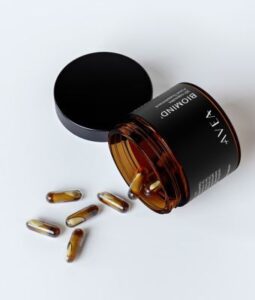
- 4x probiotic survival: Advanced Duocap® technology
- Targeted gut-brain support: Panax Ginseng, 10 strains (30Bn CFUs), Vitamin B6 & B12
- Backed by science: 1000+ studies
We partnered with Nordic Biotic, a renowned Danish leader in probiotic research. With patent-deposited strains validated through in vitro and clinical studies, Nordic Biotic ensures our 10 strains synergise for optimal gut health.
Their rigorous scientific approach guarantees efficacy and safety, providing a solid foundation for enhancing overall well-being.
Example of foods rich in probiotics
- Yogurt: One of the most well-known probiotic foods, made from fermented milk. Remember to choose yoghurts that contain live or active cultures.
- Kefir: A fermented probiotic milk drink, similar to yoghurt but with a thinner consistency. It’s made by adding kefir grains to milk.
- Sauerkraut: Fermented cabbage that is rich in probiotics and vitamins. Ensure it’s unpasteurised, as pasteurisation kills the beneficial bacteria.
- Kimchi: A spicy Korean side dish, typically made from fermented cabbage and other vegetables, and seasoned with various spices.
- Tempeh: A fermented soybean product, originally from Indonesia. It’s a great source of probiotics and a good protein source for vegetarians and vegans.
- Miso: A Japanese seasoning produced by fermenting soybeans with salt and a type of fungus known as koji. It’s often used in miso soup.
- Kombucha: A fermented, slightly effervescent sweetened black or green tea drink. The fermentation process makes it a good source of probiotics.
- Pickles (in brine): Cucumbers that have been pickled in a solution of salt and water. They are left to ferment for some time, using their own naturally present lactic acid bacteria.
- Traditional Buttermilk: The liquid left behind after making butter from cultured cream. Only the traditional version contains probiotics, not the cultured buttermilk commonly found in American supermarkets.
- Natto: A traditional Japanese food made from fermented soybeans, known for its strong flavour, slimy texture, and rich probiotic content.
Try adding them into one or more of your daily meals for the greatest benefit. Discover why fermented foods are food for you here.
Understand the science behind Avea’s Biomind
- Gut-mind axis: Discover how Biomind supports this crucial connection.
- Innovative technology: Learn about the advanced Duocap® that enhances probiotic survival up to 4x.
- Proven formulation: Understand the benefits of Panax Ginseng, 10 probiotic strains, and essential Vitamins B6 & B12.
Prebiotics for gut health

Although you consume lots of foods containing probiotics, it won’t do you much good if your intestinal environment doesn’t allow them to prosper. Probiotics, being live microorganisms, require their own foods to survive.
Think of prebiotics as the food source for your probiotics. They may help your body absorb nutrients better, and boost the growth of those healthy bacteria in your gut.
Countless studies have shown a traditional Western diet, filled with highly processed foods and high-fat content, affects the balance of the good gut bacteria. Both their variety and proportion are altered. Everyone is aware that burgers and pizzas are not good for their gut health, right?
The good bacteria in your food thrives on dietary fibres. When fibres are consumed, enzymes produced in your gut microbiota break them down.
This results in the formation of short-chain fatty acids which may change the pH levels in your colon, cultivating a healthier environment, way less attractive to the harmful microorganisms.
Examples of foods rich in prebiotics
Prebiotics are non-digestible dietary fibres that provide nourishment for beneficial gut bacteria. Including prebiotic-rich foods in your diet can help support a healthy gut microbiome. Here are 10 examples of prebiotic foods usually found in Western supermarkets:
- Bananas: Especially unripe ones are a great source of resistant starch, which resists digestion in your small intestine and nourishes beneficial gut bacteria in your colon.
- Onions: Aromatic vegetables which also contain fructooligosaccharides (FOS), a prebiotic fibre that serves as food for your good gut bacteria, supporting their growth.
- Garlic: Not just a strong, savoury aroma and a pungent, slightly spicy taste type of plant. It also provides inulin, a prebiotic fibre.
- Leeks: Rich in fructans, prebiotic compounds that nourish beneficial gut microbes and aid in digestion.
- Asparagus: This vegetable with a grassy taste and a tender texture also contains inulin and oligofructose, prebiotic fibres that support the growth of healthy gut bacteria.
- Artichokes: Vegetables with a dense, slightly nutty flavour and a tender, edible heart. They contain inulin and fructooligosaccharides (FOS), prebiotic compounds that help maintain a balanced gut microbiome.
- Soybeans: Legumes with mild, nutty taste that also provide oligosaccharides, including stachyose and raffinose, which act as prebiotics.
- Whole wheat foods: Rye breads, quinoa, bulgur, rice, corn are some examples of the best whole grains to eat. They contain resistant starch and oligosaccharides, serving as prebiotics.
- Apples: An apple a day keeps the doctor away? They are rich in pectin, a type of fibre that can have prebiotic effects by promoting the growth of good gut bacteria.
- Oats: Whole grains which contain beta-glucans, a soluble fibre that functions as a prebiotic, fostering the growth of beneficial gut microbes and promoting gut health.
Your diet should contain a balance of both probiotics and prebiotics. A healthy gut may reward you with better health if you feed it well.
Dive into the health benefits of Prebiotics v.s. Probiotics.
Different ways to improve your gut health
- Diversity in your diet: Eating a wide variety of foods can promote microbial diversity in your gut. A diverse microbiome is often associated with better health.
- Regular exercise: Physical activity has been linked to positive changes in gut bacteria. Regular exercise may contribute to a more diverse and healthier gut microbiome.
- Stress management: Chronic stress can negatively impact your gut health. Practising stress-reduction techniques like meditation and yoga may have a positive influence on your gut bacteria.
- Adequate sleep: Poor sleep patterns can disrupt the gut microbiome. Ensuring you get enough restorative sleep can support a healthier gut.
- Avoiding antibiotics when unnecessary: Antibiotics can disrupt the balance of gut bacteria. Only take antibiotics when prescribed by a healthcare professional and necessary for treating a bacterial infection.
- Limiting use of antimicrobial products: Overuse of antimicrobial products like hand sanitisers and antibacterial soaps can affect gut bacteria. Use them judiciously.
- Avoiding excessive alcohol and tobacco: Both excessive alcohol consumption and smoking can negatively impact gut health. Reducing or eliminating these habits can have a positive effect.
- Proper hydration: Staying well-hydrated is essential for maintaining a healthy gut. Water supports digestion and helps transport nutrients to gut bacteria.
- Fecal Microbiota Transplant (FMT): In extreme cases of gut dysbiosis, FMT involves transferring faecal material from a healthy donor to a recipient to restore a balanced gut microbiome. It is typically used in clinical settings for specific medical conditions.
